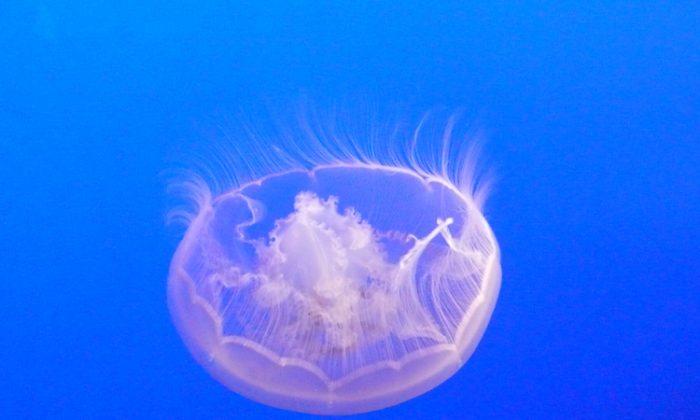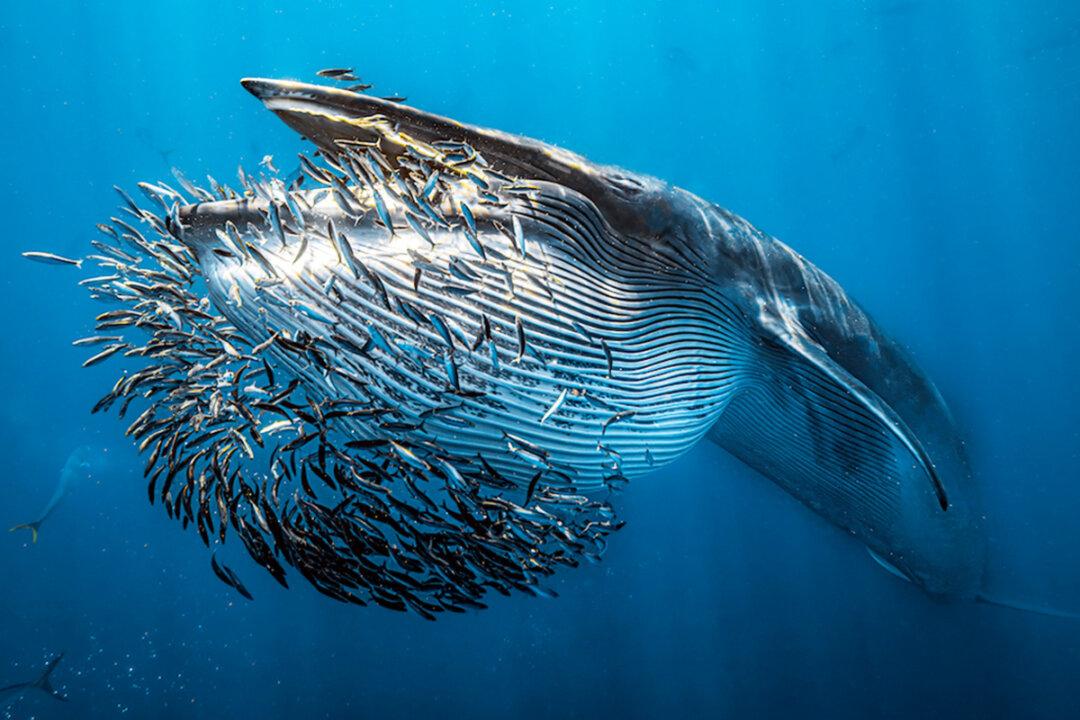The moon jelly, Aurelia aurita, is also known as the saucer jelly due to its large disc-shaped umbrella, which can grow up to about 40 cm (16 inches) in diameter.
This species mostly inhabits warm and tropical coasts of the Atlantic, Pacific, and Indian Oceans. It feeds on plankton, including larval mollusks, crustaceans, and tiny worms.
In the juvenile stage, jellyfish generally exist as polyps, which maybe be free-floating or attach to a substrate, rather like sea anemones.
As the polyp grows, it may reproduce asexually by budding, producing individuals that will grow into mature jellyfish with the disc or umbrella on top.
Many long thread-like tentacles arise from the umbrella. They are equipped with stinging cells for self defense and predation. The cells are triggered when touched.







Friends Read Free